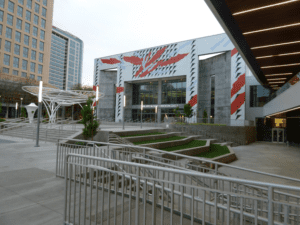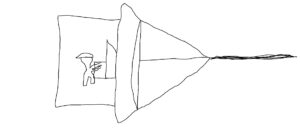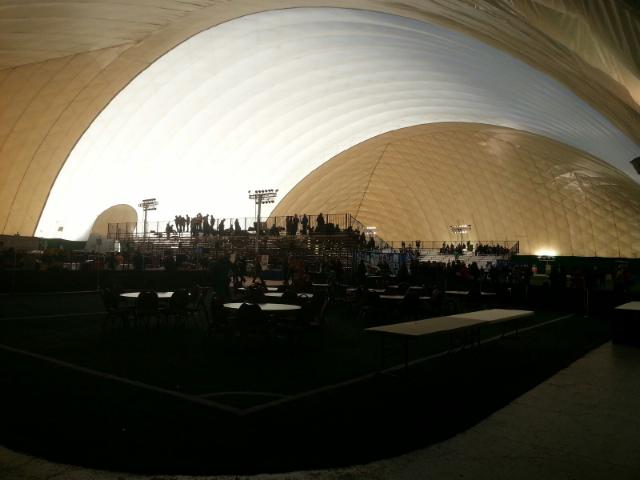Attending EE Live! In San Jose, California
Upon arrival in San Jose I headed down to baggage claim to retrieve my suitcase that I was forced to check due to just being on a completely full plane. I then headed outside and was struck with what felt like a heat wave after being in the Midwest for one of our coldest winters. Granted it was only around 60°F, but when I left North Dakota it was around 35°F.
Attending EE Live! in San Jose allowed me to attend numerous sessions and learn about many different technologies and ideas…











